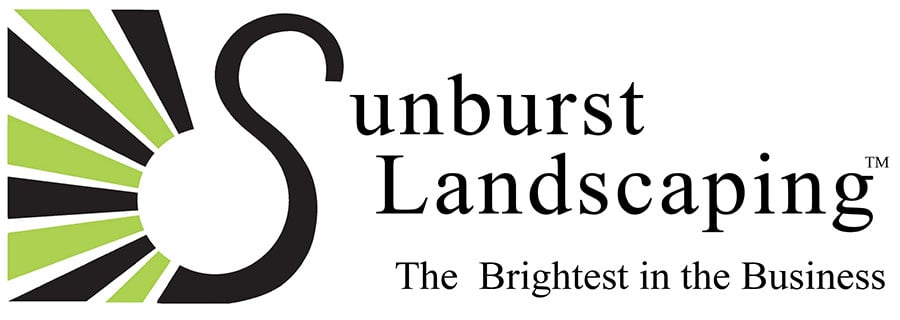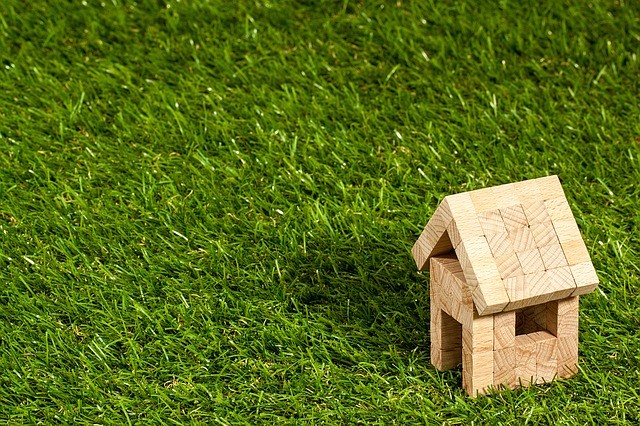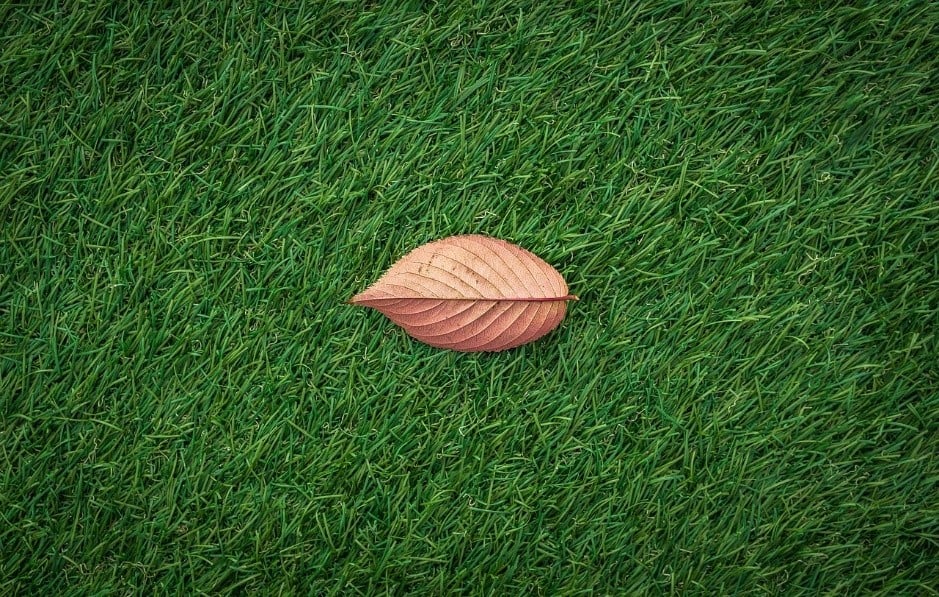Artificial turf installation is a worthwhile investment for property owners, because it entails a great deal of benefits, including low maintenance need and more savings. If you are looking to invest in this landscaping solution as well, there are several factors that you need to consider, including the cost of the project. It’s not just budget that you should be mindful of, however. Below are other important things that you need to factor in when planning to install artificial turf, especially if your property is in an arid region, such as Phoenix or Scottsdale.
Typical Yard Traffic
The first thing you need to consider before installing artificial turf is the maximum traffic in your yard. If you have pets and kids that spend a lot of time outdoors or you like holding outdoor parties, you should opt for turf that’s tough and durable. Keep in mind that artificial turf isn’t indestructible, so you might want to choose a style that’s based on how your yard will be used after installation.
Concerned about how artificial turf might affect your kids as they horse around or play sports in the backyard? Numerous studies have found no significant differences with artificial grass and real grass when it comes to athletic performance or injury risk.
Product Quality
Today’s artificial turf is designed to be lifelike in many ways, so much so that properly installed Scottsdale artificial turf is virtually indistinguishable from the real thing. Even so, there are differences in quality with synthetic grass.
For starters, quality artificial turf will feel soft underfoot. This is generally what you can expect with polypropylene turfs. Quality turf also has a consistent color and it’s well-stitched. Take a look at the back of the turf you are considering before it’s installed. It should be evenly backed to allow for a smooth, even fit in your yard. Quality artificial turf in Phoenix is more of an investment, but it’s one that can easily pay for itself over time.
Pile Height
When talking about artificial grass, pile height refers to the height from the backing to the top of the blade of grass. While you may be tempted to opt for longer blades to get the look of a lush, thick lawn, blades that are longer may eventually bend from the added weight and natural force of gravity. If this is the case, your lush artificial turf could end up looking flat.
Instead, go with a pile height that will give your lawn a consistent natural look, even as it settles in and ages over time. The standard pile height for residential artificial turf is 30 to 37 millimeters, or about an inch and a half to two inches. If you plan to place outdoor furniture on your new synthetic grass, go with a shorter pile height. No matter what blade height you go with, regular brushing will help retain blade shape.
Grass Color
Just like real grass, artificial turf in Phoenix comes in a variety of colors. Artificial grass is available in hues that range from darker green and lime green to olive green and lighter shades of green. Natural grass is imperfectly colored, so go with turf that has subtle variations in color if you want a natural look.
Some turf even has tiny bits off brown to give it an even more realistic appearance. If you need some help choosing grass color, ask for samples you can borrow for a few days. Place your various samples in your yard to get an idea of how your preferred artificial turf will look in natural sunlight and how well it will complement your home’s exterior features. Avoid cheaper synthetic grass with a single hue since it will be easier to tell that it’s fake.
Infill
The artificial turf that’s widely used today is designed to be infilled. The type of infill that’s used will depend on the thickness of your preferred turf and where it’s located. The purpose of infill, which usually includes silica sand, Durafill sand, rubber, or a rubber and sand mix, is to retain the spongy or spring-like qualities of your synthetic grass.
Each type of infill has a different purpose. In heavy traffic areas, for instance, Durafill sand is often the recommended filler. If your yard typically has light or moderate traffic or includes a playground area, you’ll likely do well with rubber or a rubber-sand blend. Silica sand tends to perform well in areas with light traffic such as hills and areas around decks and balconies.
Backing
Pay attention to the type of backing on your artificial grass to make sure it retain the shape and texture of your grass. Polyurethane won’t expand or contract, so this is a good choice if you will be dealing with weather and temperature variations. Latex will shrink and expand slightly, but this isn’t usually much of a problem if your home is in an area with consistent temperatures.
Turf Density and Weight
Turf density is based on yarn/fiber per square unit. A denser turf is more of an investment, but it will give you a lawn that’s more eye-pleasing. This is also a good choice for higher traffic areas. If denser artificial turf in Phoenix isn’t in your budget, turf that’s not as dense can still produce similar aesthetic results with the right infill. The weight of a turf isn’t really much of a big deal. The only exception is if you are planning to install synthetic grass on a rooftop or balcony. If this is the case, you’ll want to consider the load capacity of your roof or balcony.
Maintenance Demands
One of the appealing benefits of Scottsdale artificial turf is that you won’t have to worry about mowing and other upkeep demands. All artificial turf will require some type of care to retain the intended look. However, some selections will have more maintenance needs than others. When choosing the right turf for your exterior spaces, consider factors such as the typical weather conditions in your area. Also, consider things like how many trees you have on or near your property and how much time you can realistically devote to general upkeep. Opting for quality turf will also reduce expenses from repairs and other maintenance needs.
Still not sure about Scottsdale artificial turf? Consider having a lawn analysis done on your current live grass yard, especially if you frequently have trouble spots. While there are steps you can take to correct imbalances with soil, lawn treatments typically have to be repeated frequently to achieve and maintain the desired results. If you want to enjoy all the benefits of beautiful, healthy grass without extensive upkeep demands, recurring yard care expenses, or issues with soil to deal with, explore the possibilities of artificial turf in Phoenix or Scottsdale.



